Volvo XC60
City Safety – low-speed crash avoidance standard on the new Volvo XC60
City Safety is active at speed of up to 30 km/h and will avoid a collision completely if the relative speed between the two vehicles is less than 15km/h.
Volvo’s City Safety technology uses a laser sensor and camera positioned behind the rear-view mirror to monitor traffic movement ahead of the vehicle
Volvo’s City Safety System Cuts Low Speed Crashes By 25 Per Cent
A new study by the Highway Loss Data Institute (HLDI) has found Volvo’s city Safety System is preventing about a quarter of the common low-speed crashes that happen in everyday commuter traffic.
The Highway Loss Data Institute is part of Insurance Institute for Highway Safety – America’s independent safety body and is funded entirely by the automobile insurance industry.
The study of insurance claims found XC60s with City Safety are far less likely to be involved in low-speed crashes than comparable vehicles without the system.
In Australia, City Safety is standard on all XC60 models as well as the S60 sedan and V60 wagon.
City Safety is designed to stop rear-end crashes in slow-moving, heavy traffic. According to the HLDI claims under property damage liability coverage — the insurance that pays for damage to vehicles that an at-fault driver hits — were filed 27 percent less often for the XC60 than other midsize luxury SUVs.
“This is our first real-world look at an advanced crash avoidance technology, and the findings are encouraging,” says Adrian Lund, president of HLDI. “City Safety is helping XC60 drivers avoid the kinds of front-to-rear, low-speed crashes that frequently happen on congested roads.”
City Safety is the first system of its kind. It is designed to prevent or reduce the impact of low speed, rear-end collisions. Operating at speeds of up to 30km/h, the City Safety system automatically brakes the car if the driver fails to react in time when the vehicle in front slows down or stops – or if the car is approaching a stationary object too fast.
If the relative speed difference between the two vehicles is below 15 km/h, the collision can be avoided altogether. If the speed difference is between 15 and 30 km/h, the speed of impact is reduced to minimise the effects of the accident.
How HLDI did the study
The HLDI analysts compared insurance claims data for the 2010 XC60 with two groups: other 2009-10 midsize luxury SUVs and other 2009-10 Volvo models.
The analysis controlled for a variety of geographic and demographic factors that affect claims and looked at claim frequency and claim costs. The researchers examined claim frequency and payouts under three types of auto insurance coverage: property damage liability, bodily injury liability, and collision.
Lower claim frequencies
The research found claim frequency rates for the XC60 were lower than all other midsize luxury SUVs combined under the three types of insurance coverage.
“These are very large effects,” says Lund, who notes that some differences in driving styles of XC60 owners might come into play. However, “the pattern of results strongly indicates that City Safety is preventing low-speed crashes and reducing insurance costs.
“That’s great news for consumers. As people grow more aware of the risks of distracted driving, crash avoidance systems like this one can help to ensure that a momentary lapse of attention during a congested commute doesn’t result in a crash.”
The survey also showed XC60 owners aren’t filing as many low-cost claims (those less than $1500) as people who drive other midsize luxury SUVs. Given that City Safety only operates at low speed the frequency of high-severity claims ($7000 and higher) was about the same as it was for the control vehicles.
“Although it may seem counterintuitive, higher payouts for property damage liability are a sign that City Safety works,” says Matthew Moore, HLDI vice president and director of the study.
“Crash avoidance technology has a lot of promise,” Lund says. “We are doing more research to see if other systems live up to their billing.”
VOLVO XC60 CITY SAFETY INSURANCE LOSSES
Claim frequency
Claim severity
Overall losses
vs. other midsize luxury SUVs
Property damage liability
-27%
+$270
-$17
Bodily injury liability
-51%
—
—
Collision
-22%
-$517
-$98
vs. other Volvos
Property damage liability
-19%
+$646
+$2
Bodily injury liability
-49%
—
—
Collision
-17%
-$147
-$53
Source: Highway Loss Data Institute
Detailed information on the survey results is available at http://www.iihs.org/default.html
City Safety is just one of the safety systems Volvo uses to avoid collisions. Pedestrian Detection is optional on all S60 and V60 models in Australia currently as part of the Adaptive Cruise Control system.
Pedestrian Detection uses a combination of a dual-mode radar and a high resolution camera that enable the system to detect pedestrians’ patterns of movement and react accordingly.
If the car detects a pedestrian in its path the system will alert the driver via and audible sound as well as a visual prompt. If the driver fails to react the car will then apply full braking force automatically and can potentially avoid a collision with a pedestrian at up to 30km/h. This system operates at speeds of up to 50km/h. While it won’t avoid the collision at this speed it will severely reduce the impact.
Volvo Car Corporation has also recently announced that it is working on animal detection. The system uses a radar sensor and an infra-red camera that can register the traffic situation. It functions in the dark since most collisions with wild animals take place at dawn and dusk and during the dark winter months. The camera monitors the road ahead and if an animal is within range the system alerts the driver with an audible signal. If the driver does not react, the brakes are automatically applied.
“The goal is for the system to function at the normal rural highway speeds. In cases in which it cannot help the driver entirely avoid the collision, the system will slow down the car sufficiently to help reduce the force of impact and thus of serious injuries,” says Andreas Eidehall, technical expert in the field of active safety systems at Volvo Car Corporation.
Animal detection is expected to be available within the next few years.




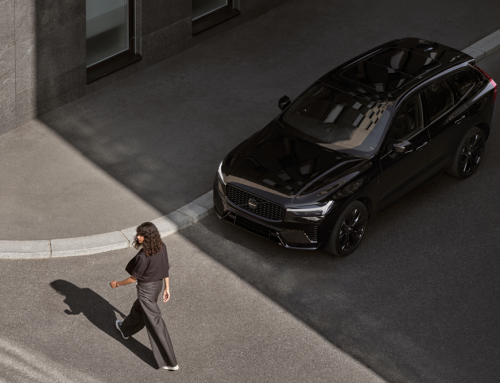
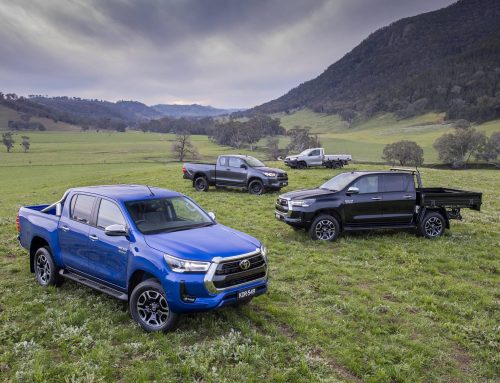
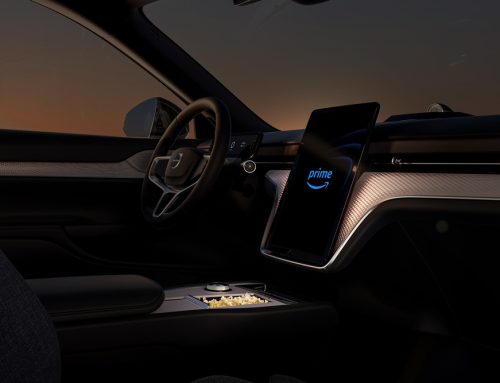
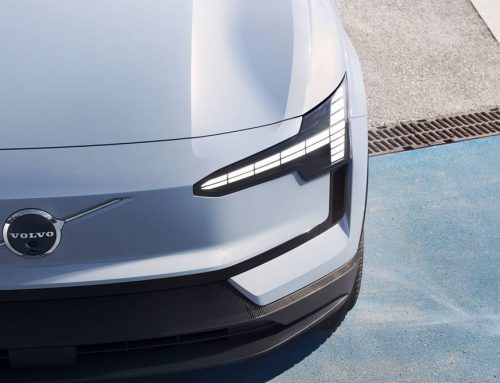


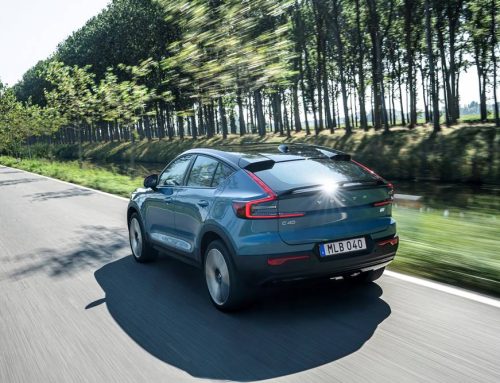
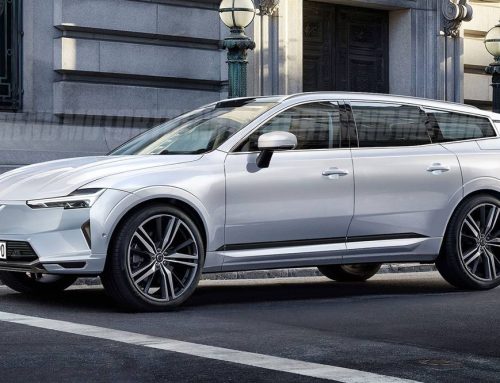
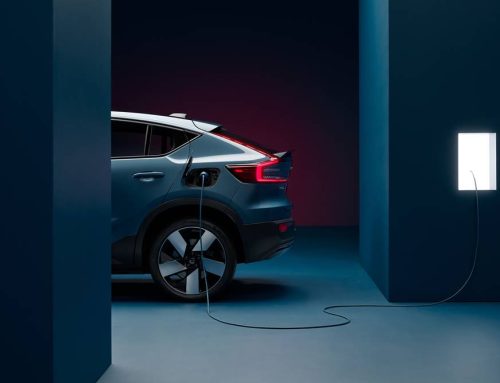

Is your system working slow for complete solutions visit http://WWW.1akal.com or call @ +1 888 439 2525
[…] suv xc90, volvo suv, xc90 suv, new xc90, xc90 reviews Mouse here forRelated LinksRelated LinksVolvo’s City Safety System Cuts Low Speed Crashes By 25 Per Cent, but that doesn’t mean … Share and Enjoy: These icons link to social bookmarking sites where readers can share and […]